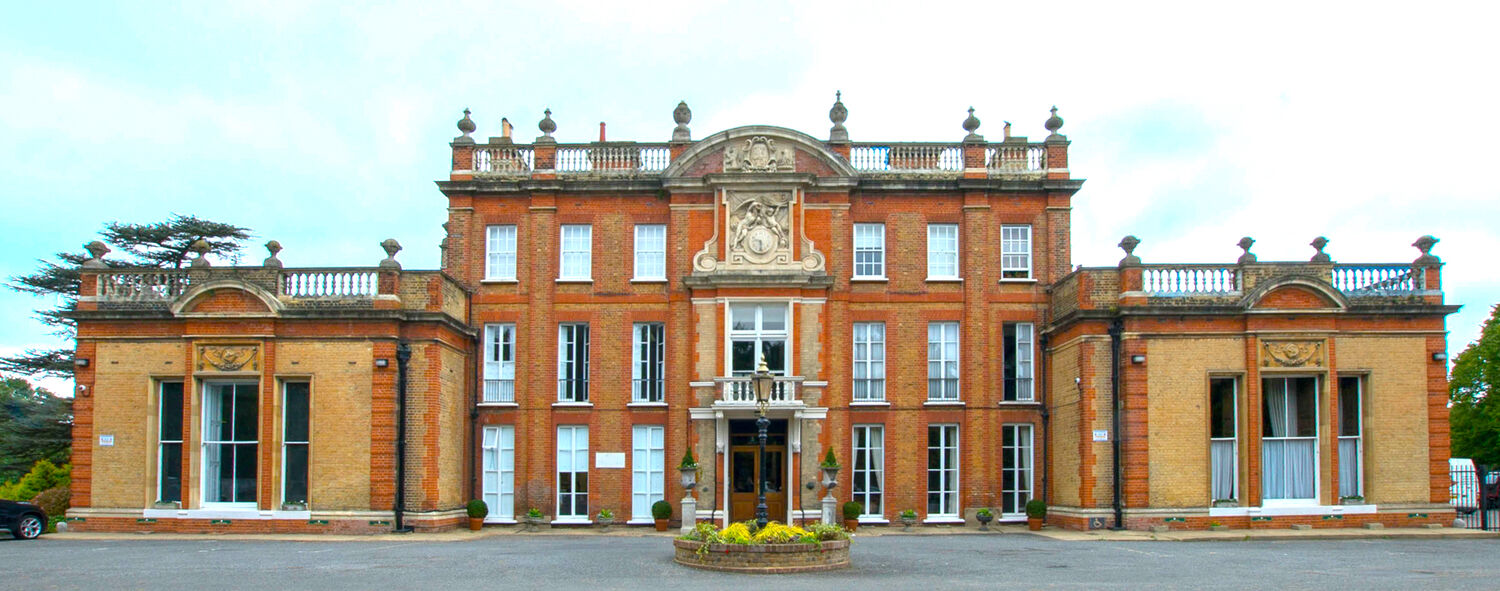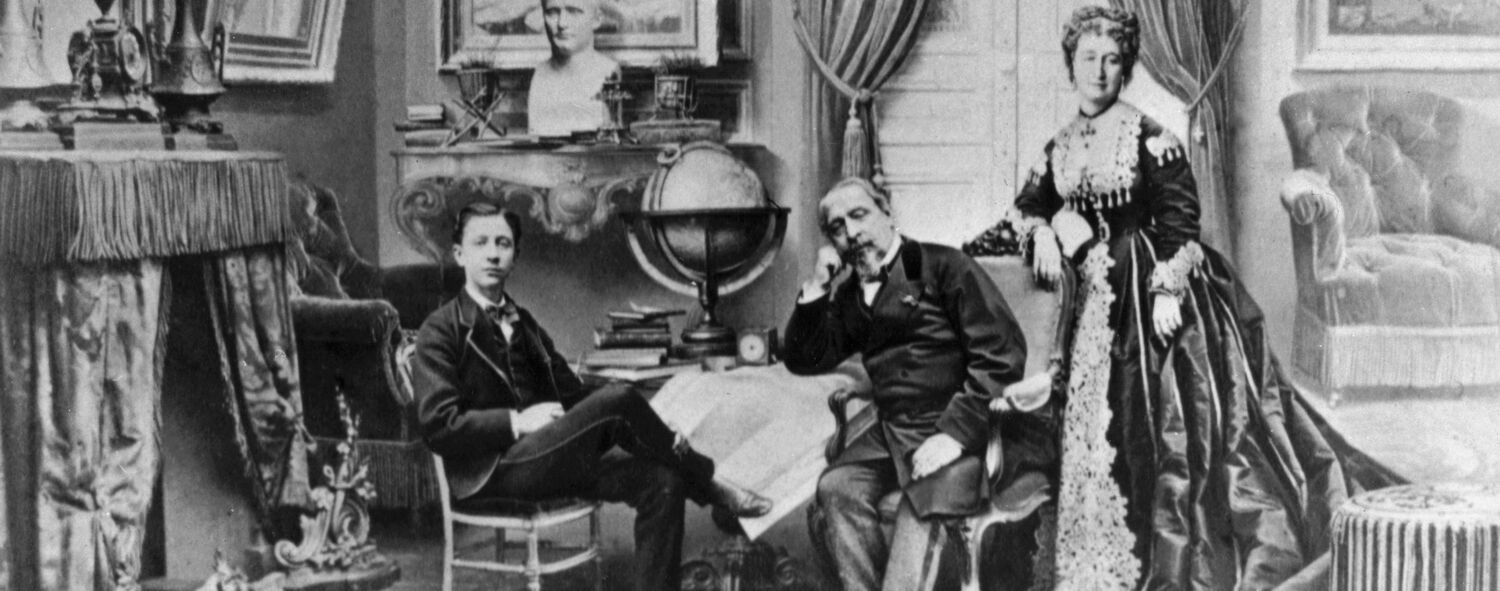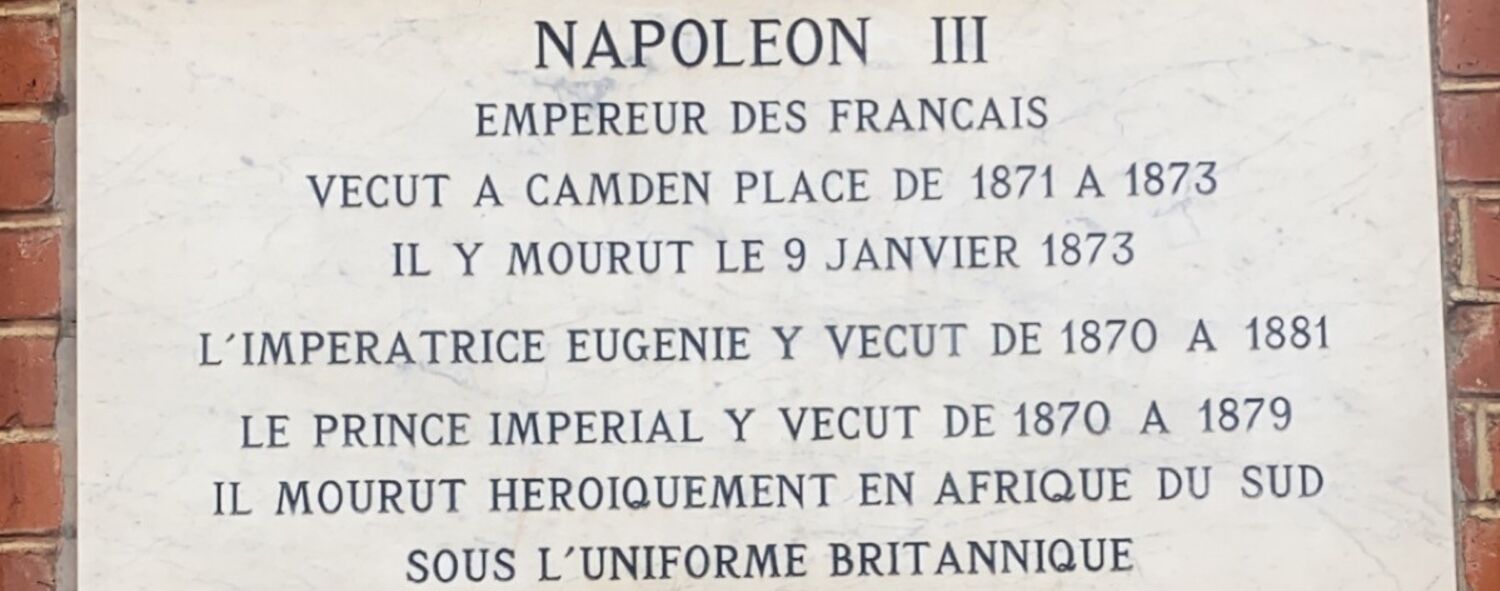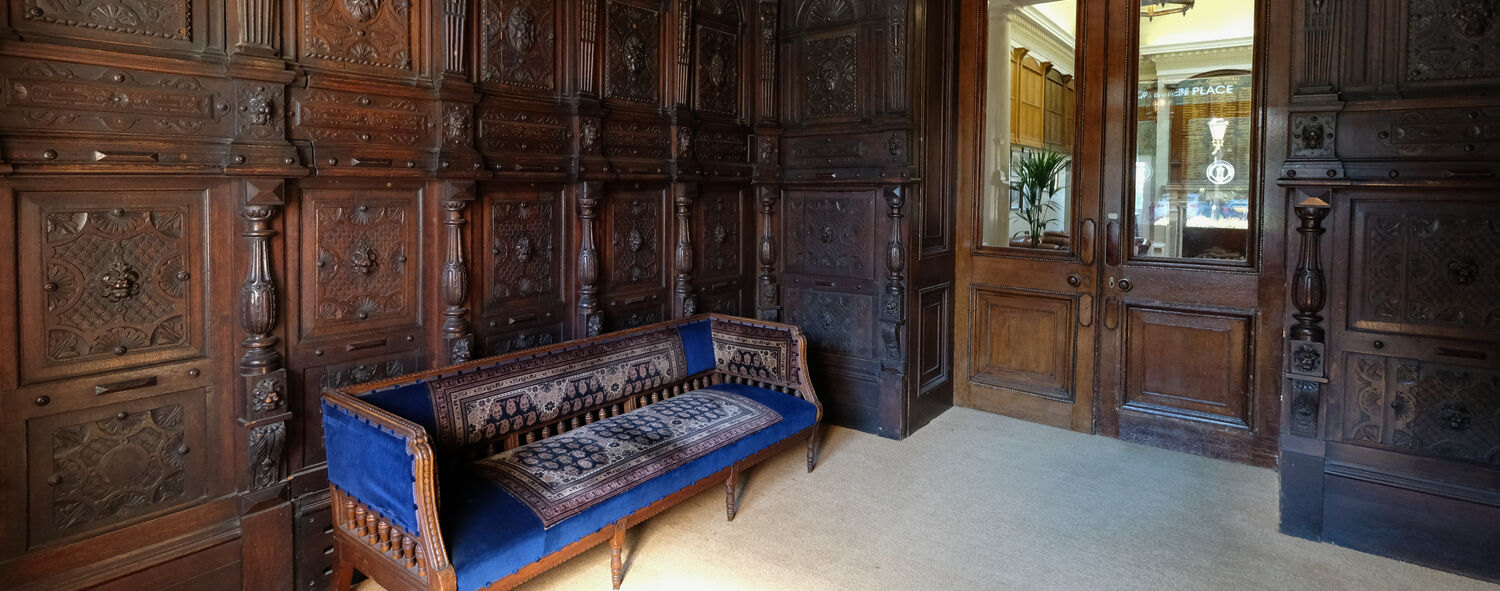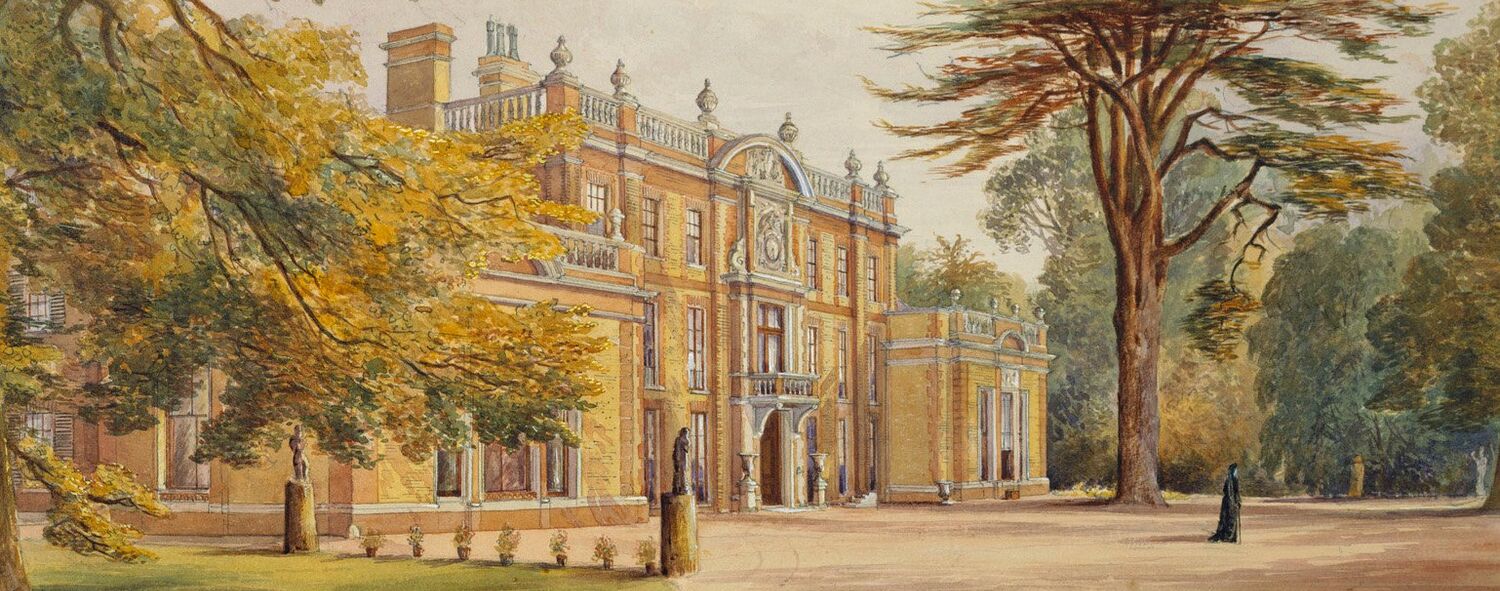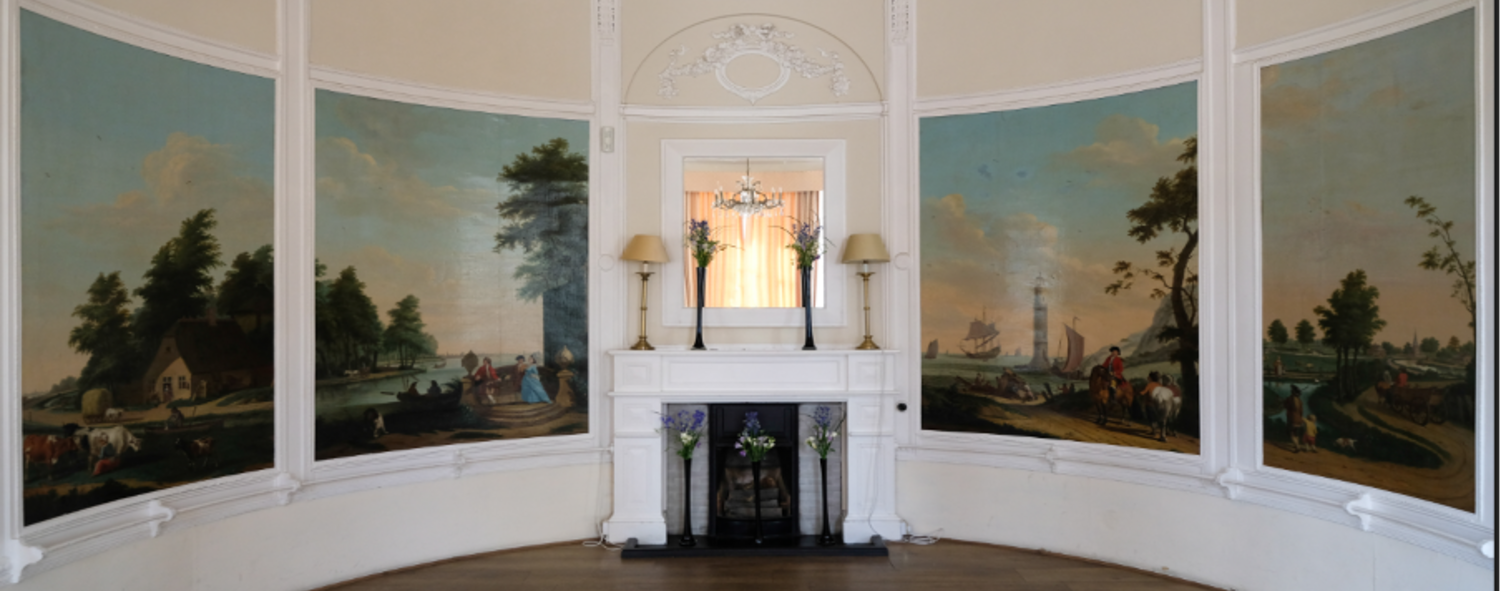
Conservation at Camden Place
Understanding and conserving the former home of the
French Imperial Family in exile.
** PAGE UNDER CONSTRUCTION **
Camden Place is a grade II* listed building that, since 1894, has been
the magnificent clubhouse of Chislehurst Golf Club.
The members of Chislehurst Golf Club are the current residents (and custodians) of the magnificent Camden Place - the longest serving tenants in the history of the property.
As a golf club, the golf course has taken priority in terms of investments and development meaning that the House has received little attention in terms of conservation projects. However, we are committed to finding ways to invest in the preservation of Camden Place.
Thanks to Dr Lee Proser and resesearch undertaken by some of our members over recent years, we are pleased that we now have a far better understanding of the importance of the building's architecture and the need to ensure that it survives for future generation to enjoy.
The following conservation projects have been identified and we are looking to undertake them over the coming years.
Friends of Camden Place has been established to help raise awareness and funds for this activity and any contribution towards our conservation work is very much appreciated!
DONATE TO FRIENDS OF CAMDEN PLACE
18th Century Balustrade
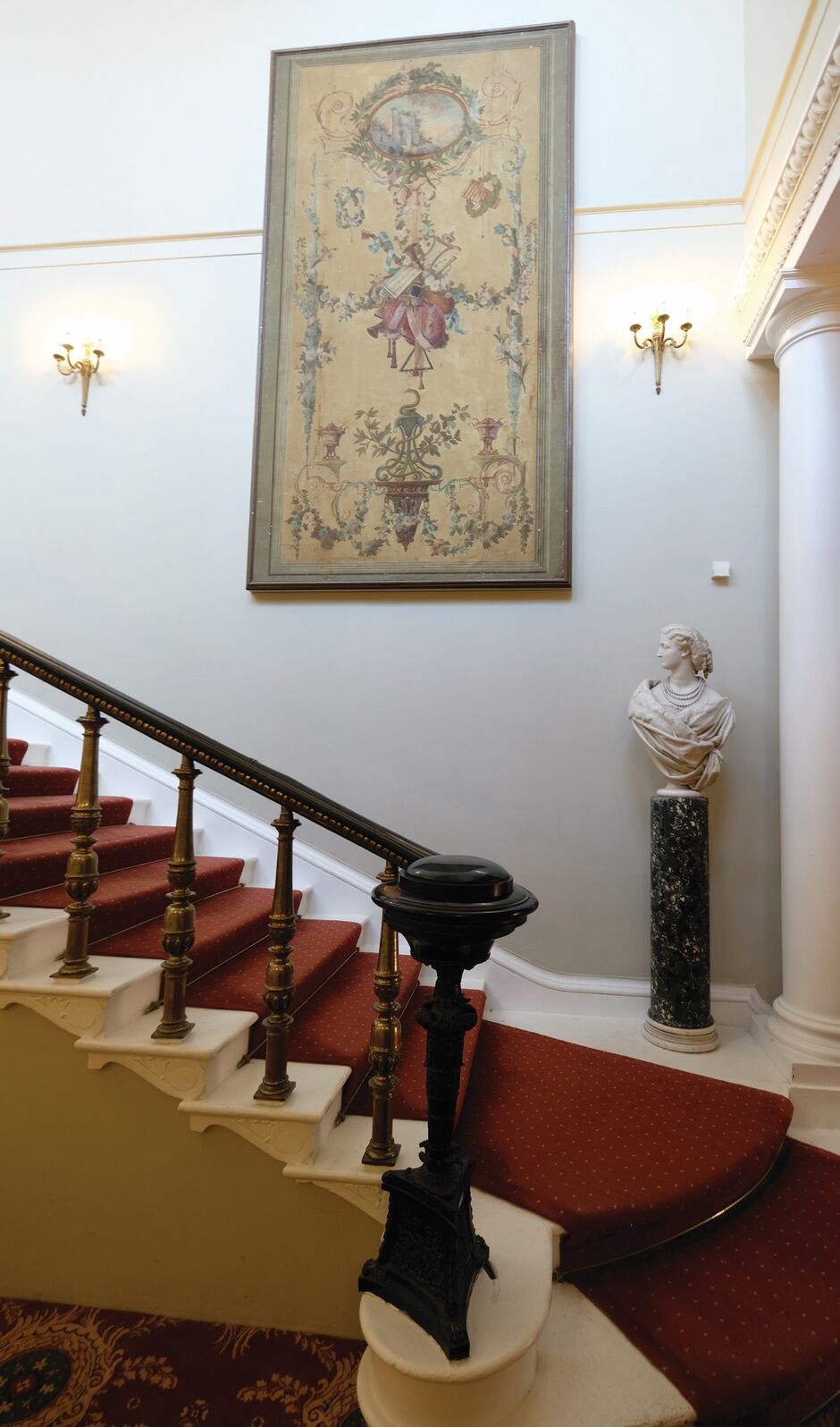
The impressive balustrade and handrail of Camden Place’s eighteenth century staircase is in urgent need of repair.
The staircase is likely to date from the time of Nathaniel Strode, who made significant changes to the interior of Camden Place in the 1860s. The balustrade and elaborate base newel may well have been salvaged from another building.
Beautifully inlaid with brass, ebony and ebonised wood, it has become very worn and risks elements becoming detached and lost.
As one of a number of planned conservation projects over the coming years, this initiative will involve restoration of the damaged areas and preservation of the historic look and feel of the wood and brass.
It is estimated that this work will cost ~£10,000
Entrance Hall Condition Survey
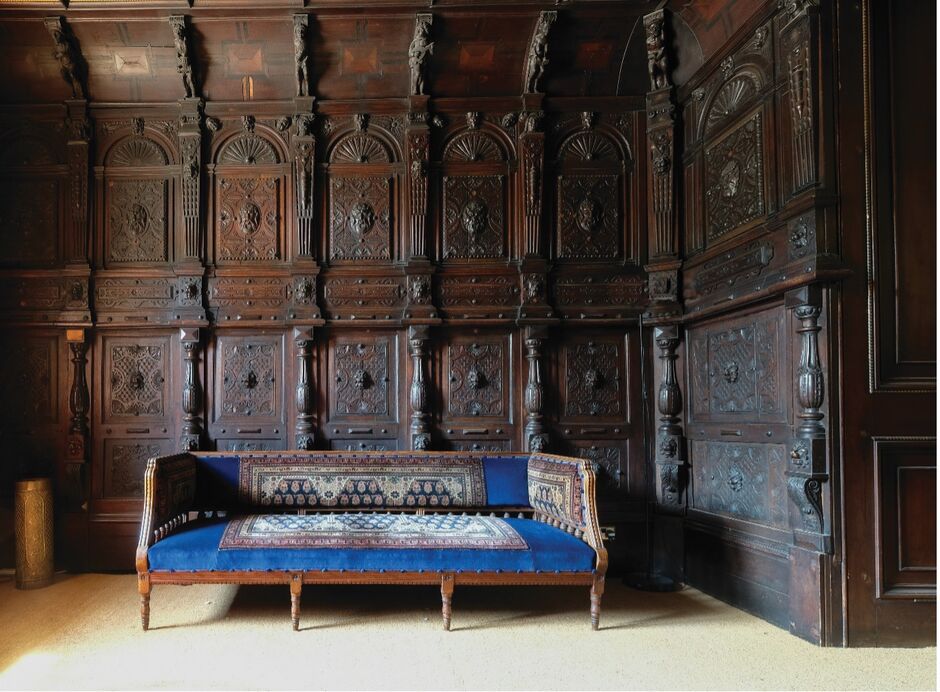
The Jacobean wood panelling to be found in the Entrance Hall have been dated to the orginal house built by Robert Weston in 1717 and could even have been taken from the original William Camden house on the site before this date.
Urgently required conservation work on this panelling will need to include stabilisation, re-securing loose elements, replacing obvious areas of lost carving / mouldings and surface cleaning.
It is estimated that this work will cost ~£50,000
From a conservation point of view this area is in poorer condition and in more priority need of work than the panelling in the dining room.
Exterior Brickwork, Façade and Clock
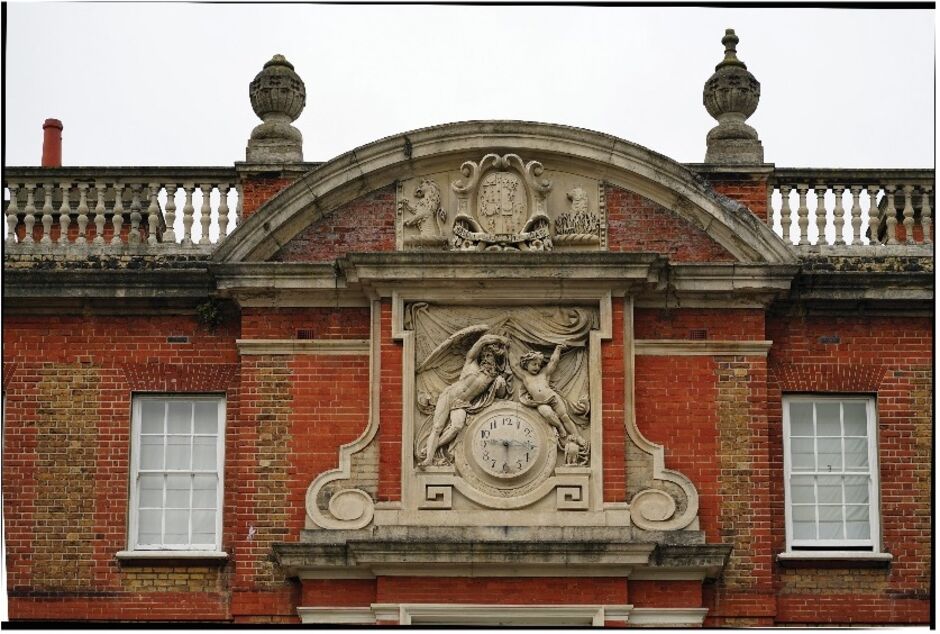
Recent remedial repairs have identified a number of areas where joints in the brickwork have opened and are letting in water. In addition, there are various loose balustrades, cracks to the window heads and the crest and figures around the clock are in need of repair.
An initial estimate of ~£25,000 will be required to fund the following areas:
- Front main facade, full length
- Facade and side elevation
- Billiard room curved facade
- Brickwork / stonework cleaning, bringing the building back to its former glory
Dining Room Panelling
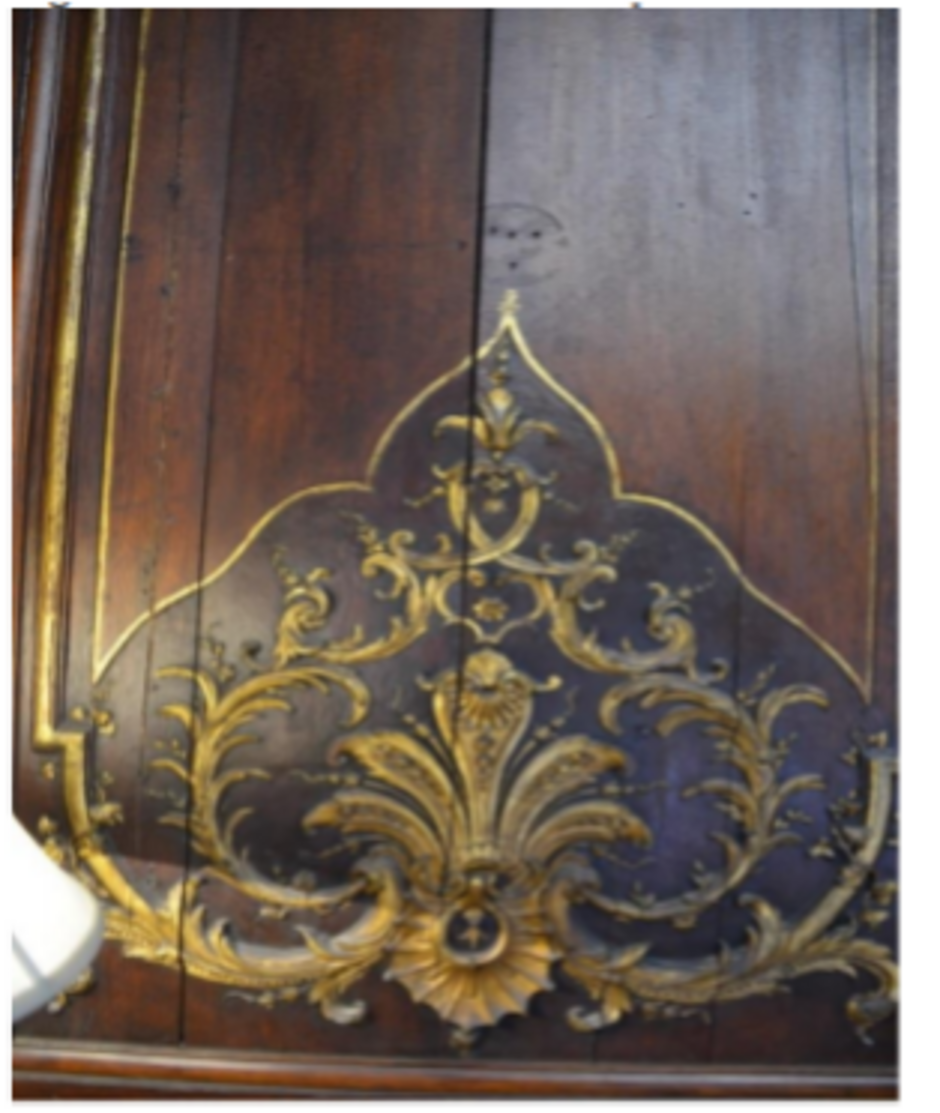
The Dining Room’s interior is significant due to its connections with many historical figures and events.
The wonderful oak paneling was installed by Nathaniel Strode (‘Strode’), a Francophile, who bought the property in 1860. The panels, which are all in the French Regency style, were originally created in 1713 for the Chateau de Bercy, where they resided until they were sold before the demolition of the Chateau in 1861.
The panelling is some of the highest quality French craftsmanship of the 18th century to survive in the United Kingdom today. This panelling has a fascinating and important history, it remains largely intact even in its current damaged state, with only minor alterations and additions.
Conservation focuses on preserving the original work. Conserving involves cleaning, repairing, and, oftentimes, removing old restoration attempts. Conservators are dedicated to making sure that the original work is preserved for generations to come and believe that the aesthetics comes second to its preservation. A conservator works tirelessly to ensure the original piece keeps its original form and it can be enjoyed as the Craftsmen intended upon its creation.
An initial estimate suggests that conservation of the panelling will cost ~£120,000.
This work will need to be phased in order to accommodate available funding.

